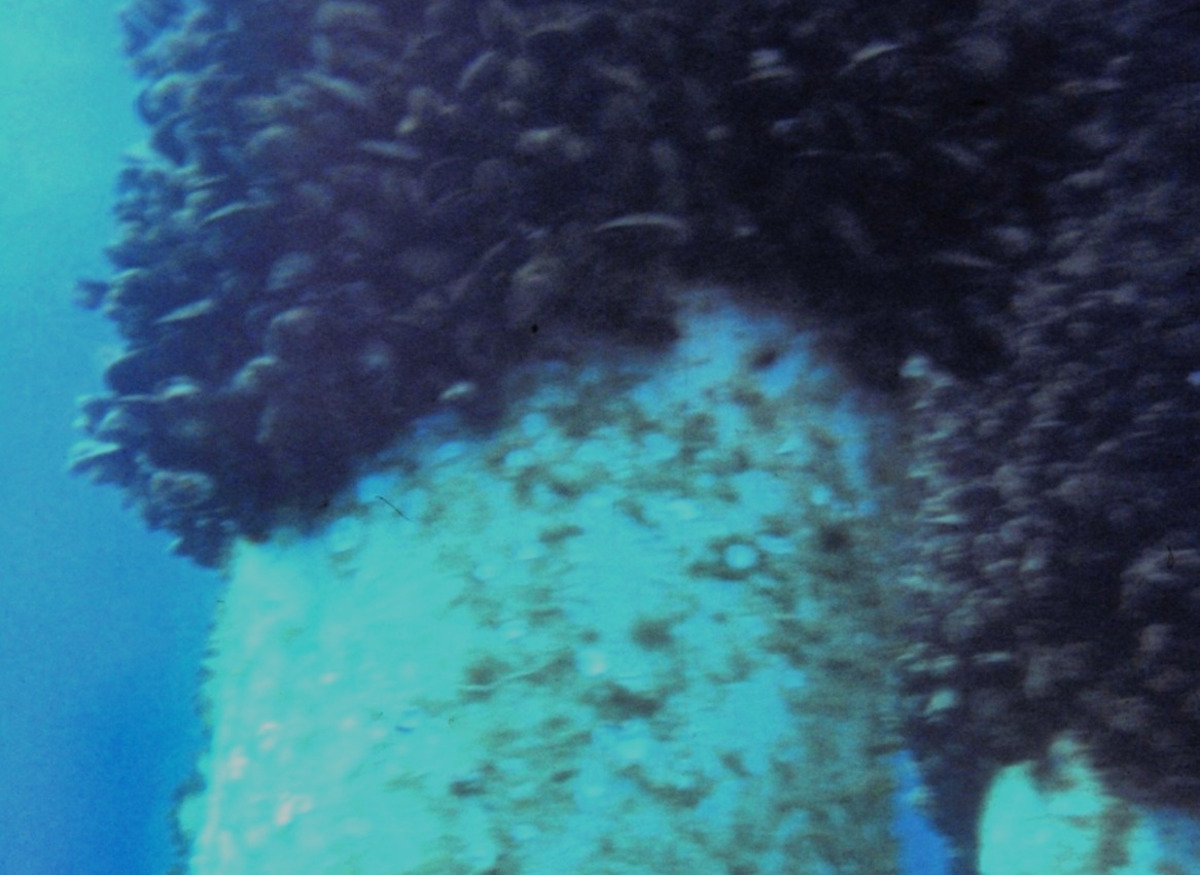Ecological Aquaculture International, LLC
…advancing the applied sciences and development in ecological and restorative aquaculture and agriculture food systems that are socially and environmentally inclusive and just…
Posted: Thu, Jun 12, 2025

April 2025 World Bank Caspian Sea to Azerbaijan and Kazakhstan Completed
Photo by Hamid Alizadeh Ketek Lahijani, October 2021
from The Proceedings of the Scientific Conference on the Climate Change in the Caspian Sea (2021)
Dr. Barry António Costa-Pierce joined the World Bank PROBLUE team visiting sites and discussing the potential for expansion of aquaculture in Azerbaijan and Kazakhstan in April 2025. Despite the well-documented environmental and water quantity/quality problems with the Caspian Sea ecosystem, conditions for accelerated aquaculture developments/investments were found to be good in both Kazakhstan and Azerbaijan, especially in water-based sea and reservoir cage aquaculture, and coastal, pump-ashore tank aquaculture.
Kazakhstan and Azerbaijan have ambitious national development plans for aquaculture. Kazakhstan has a goal to increase aquaculture production to ~270,000 MT by 2030, and Caspian Sea cage aquaculture sites are planned that could produce ~100,000 MT. Reservoir cage aquaculture in Azerbaijan is forecasted to increase to ~30,000 MT by 2026.
Previous enterprise modelling by The World Bank and FAO stated that Caspian Sea cage aquaculture had “considerable potential for this technology to be profitable”.
Sturgeon farming is growing in both countries. Economic considerations of the most efficient strategies for producing more or less caviar and/or meat were deemed important to maximize export values and to accelerate national food supplies. Known genetic improvements and other technologies available in the EU and China could change current production strategies.
Recommendations were to accelerate attention to institutional capacity-building especially in the comprehensive planning for implementation of modern, nature-based, restorative, conservation, and ecosystem-based aquaculture governance systems that prioritize spatial planning and carrying capacity limitations.
Azerbaijan and Kazakhstan have numerous international partnerships and could leverage these to accelerate aquaculture developments that “leapfrog” their aquaculture developments to today’s state-of-the-art and avoid “recreating the wheel” of repeating past international aquaculture development/policy mistakes.
There is a large scope for applied, cooperative and partnership research that could align aquaculture development more closely with both renewable and hydrocarbon energy industries and agriculture (feeds, water management, etc.) without additional environmental harm. Market and trade issues within the region represent significant obstacles to aquaculture development but can be overcome by additional value chain strategic planning and directed, science-based, inter-governmental trade negotiations.
Overall, successful, integrated, large- and small-scale aquaculture development programs in both countries can meet production goals if they initiate known, modern aquaculture governance systems, make new investments in applied R&D, develop applied, cooperative centers of commercial excellence (including bioengineering technology, demonstration of innovations/applications, extension/training), and prioritize regional and international partnerships for technology transfer and investments. Significant opportunities to develop the wealth of indigenous species for aquaculture exist into the future.
from The Proceedings of the Scientific Conference on the Climate Change in the Caspian Sea (2021)
Dr. Barry António Costa-Pierce joined the World Bank PROBLUE team visiting sites and discussing the potential for expansion of aquaculture in Azerbaijan and Kazakhstan in April 2025. Despite the well-documented environmental and water quantity/quality problems with the Caspian Sea ecosystem, conditions for accelerated aquaculture developments/investments were found to be good in both Kazakhstan and Azerbaijan, especially in water-based sea and reservoir cage aquaculture, and coastal, pump-ashore tank aquaculture.
Kazakhstan and Azerbaijan have ambitious national development plans for aquaculture. Kazakhstan has a goal to increase aquaculture production to ~270,000 MT by 2030, and Caspian Sea cage aquaculture sites are planned that could produce ~100,000 MT. Reservoir cage aquaculture in Azerbaijan is forecasted to increase to ~30,000 MT by 2026.
Previous enterprise modelling by The World Bank and FAO stated that Caspian Sea cage aquaculture had “considerable potential for this technology to be profitable”.
Sturgeon farming is growing in both countries. Economic considerations of the most efficient strategies for producing more or less caviar and/or meat were deemed important to maximize export values and to accelerate national food supplies. Known genetic improvements and other technologies available in the EU and China could change current production strategies.
Recommendations were to accelerate attention to institutional capacity-building especially in the comprehensive planning for implementation of modern, nature-based, restorative, conservation, and ecosystem-based aquaculture governance systems that prioritize spatial planning and carrying capacity limitations.
Azerbaijan and Kazakhstan have numerous international partnerships and could leverage these to accelerate aquaculture developments that “leapfrog” their aquaculture developments to today’s state-of-the-art and avoid “recreating the wheel” of repeating past international aquaculture development/policy mistakes.
There is a large scope for applied, cooperative and partnership research that could align aquaculture development more closely with both renewable and hydrocarbon energy industries and agriculture (feeds, water management, etc.) without additional environmental harm. Market and trade issues within the region represent significant obstacles to aquaculture development but can be overcome by additional value chain strategic planning and directed, science-based, inter-governmental trade negotiations.
Overall, successful, integrated, large- and small-scale aquaculture development programs in both countries can meet production goals if they initiate known, modern aquaculture governance systems, make new investments in applied R&D, develop applied, cooperative centers of commercial excellence (including bioengineering technology, demonstration of innovations/applications, extension/training), and prioritize regional and international partnerships for technology transfer and investments. Significant opportunities to develop the wealth of indigenous species for aquaculture exist into the future.




